Female Age and Fertility
Sunday, February 26, 2017
Age is no barrier to achieving many things – but it can reduce the chance of a woman getting pregnant and having a healthy baby. A woman’s age is the single most important factor affecting her fertility.
Women are born with all the eggs they will ever have. As a woman ages, her eggs age with her, diminishing in quantity and quality; also, it takes longer to conceive and the risk of not being able to get pregnant increases. The risk of miscarriage, and complications in pregnancy and childbirth like gestational diabetes, placenta praevia, placenta abruption and caesarean section, increases with age. Older women are more likely to have a baby with birth defects or genetic abnormalities.
A woman over 35 is nearly 2.5 times more likely than a younger woman to have a stillbirth. By age 40, she is more than five times more likely to have a stillbirth than a woman under 35. Also for a woman aged 40 the risk of miscarriage is greater than the chance of a live birth.
The figures about women, age and fertility state that the chances of getting pregnant without IVF is as follows:
- Starting at about age 32, a woman’s chances of conceiving decreases gradually but significantly.
- From age 35, the fertility decline speeds up.
- By age 40, fertility has fallen by half.
- At 30, the chance of conceiving each month is about 20%. At 40 it’s around 5%.
A woman is born with 1 to 2 million eggs at birth, and those are all eggs she is going to have in a lifetime. By the time of her first period, the supply dwindles to 300,000. “If a woman ovulates 500 times between the ages of 12 and 52, and not all those eggs are healthy, they are left with few eggs that are truly viable for pregnancy. Women who decide to delay pregnancy until after age 35 should obtain information on appropriate testing and treatment while remaining realistic about the chances of success with infertility therapy. The remaining egg supply can be assessed by checking the level of anti-mullerian hormone (AMH) and by doing an ultrasound scan of the ovaries at the beginning of the menstrual cycle, to check the antral follicle count (AFC). These two tests will give some idea as to how many eggs remain in the ovaries, but they do not measure the egg quality: that is determined purely by the woman’s age.
By learning about all of the options and being aware of their own needs and goals, a woman and her partner will be prepared to make the best decisions and get away with the fear of “biological clock is ticking!!”
 By Dr. Varsha Anand
By Dr. Varsha Anand
Specialist OB/GYN









